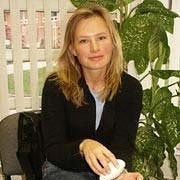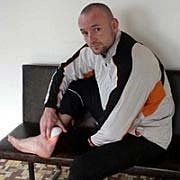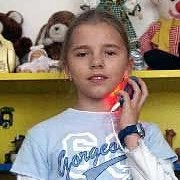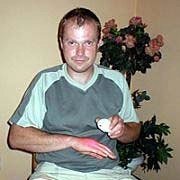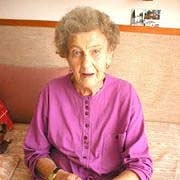What is a biolamp
History
Light healing has been a part of the history of mankind throughout its existence. One of the earliest targeted uses of light energy in healing dates back to 2500 B.C. from Egypt and around 1400 B.C. from China, but the real boom didn't come until the cultures of ancient Greece and Rome, when people had sunbaths in every home. Historically, heliotherapy (sunlight therapy) can be considered the original method. In the medieval period this method, like many others, was forgotten, but with the advent of the Renaissance it was again recommended and practised. The great flowering of heliotherapy occurred in the first half of the 19th century.
Light therapy became permanently established in physicians' offices in the late 19th century and made a significant contribution to medicine. Then, in the early 20th century, it was confirmed by the "Nobel Prize" awarded in 1903 to the Danish physician N. L. Finsen (1860-1904) for the treatment of skin diseases, especially tuberculosis of the skin (lupus vulgaris), by means of concentrated light stimulation.
However, for a long time light therapy was limited to simple light exposure or irradiation with infrared rays (today it belongs to thermotherapy - heat therapy), and the real breakthrough came only with the development of laser technology from the second half of the 1960s onwards. The term polarized - or also physically modified - light was used and artificial sources of polarized light were subsequently investigated in various fields of medicine.
A rather significant problem that hindered the mass diffusion of lasers was and is their cost, but also the compliance with safety hygiene standards. Therefore, theoretical work and clinical tests in the early 1980s led to the construction of the biolamp - a simpler, cheaper source of therapeutic biostimulation light, working on the principle of polarised light emitted by a halogen lamp.
The latest development so far is the polarised LED biostimulation lamp, the use of which has been discovered relatively recently by the laser industry. The duty cycle of the LED device is far more efficient than that of the halogen biostimulation lamps and is comparable to laser devices. Also, the rate of polarized light is higher and by up to 99%. This makes it possible to replace laser devices with polarized LED light source biolamps in some therapeutic applications without in any way reducing the effect of the therapy.






